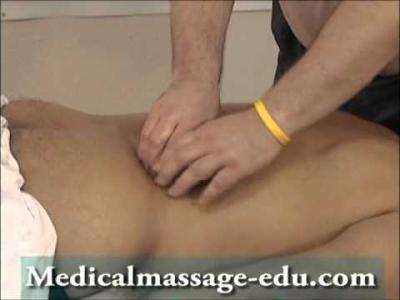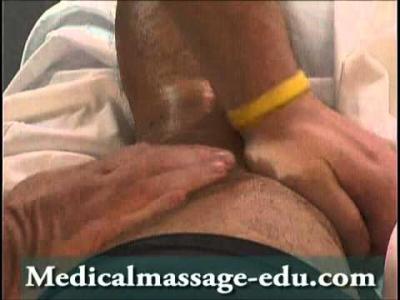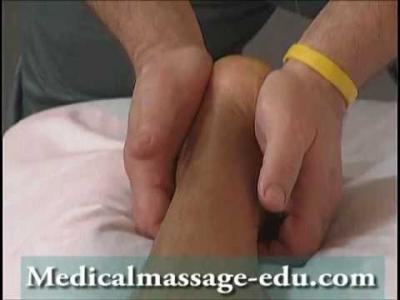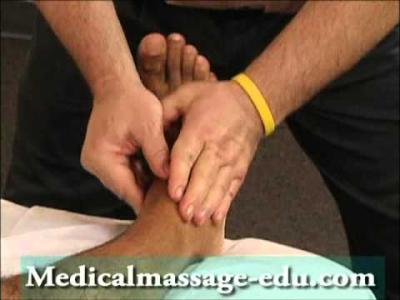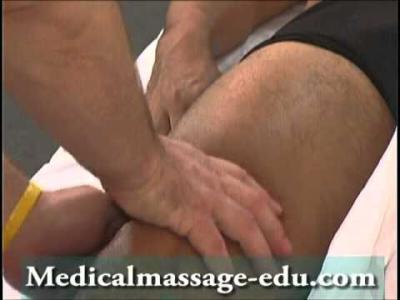Peripheral vascular/arterial diseases
Thromboangiitis obliteraans a.k.a Buerger's disease is an inflammatory condition of the arteries. The prolonged presence of inflammation in the arteries causes proliferation (i.e. uncontrolled growth) of endothelial layer of the inner walls of the arteries. This causes narrowing of the lumen of the arteries, and thus reduces arterial blood flow. In addition to the decreased blood flow and endothelial inflammation, thrombi (blood clots) form in these areas, sometimes completely blocking the flow of blood through the affected artery. In cases of thromboangiitis obliteraans, pathological changes can also occur in the veins. The development of this disease is influenced by various factors such as heavy smoking and genetics. In cases of arterial and other blood vessel inflammation, vascular spasm further contributes to decrese of blood flow, overload of the heart, etc. Patients with diabetes often suffer from blood vessel pathologies (diebetic angiopathy.) In addition to vascular spasms and narrowing of the arterial lumen, the arteries and the capillary network can undergo significant pathological changes. Extensive capillary network damage means that there is no gas exchange; in the local area, which can lead to the development of trophic ulcers, gangrene, and even the necessary to amputate the affected extremity. Massage therapy can play a serious role in any of the above mentioned situations. If the disease is in early stages, be this thromboangiitis obliteraans or diabetic angiopathy, massage therapy can even cause a reverse of the condition back to the norm. In progress stages, massage therapy helps people to feel less pain, and to increase their functional capacilities, as well as slowing down the development of pathologies within the vessels. The proposed protocol causes vasodilation, which affects the entire circulatory system, especially the capillary network, in turn, increasing blood supply to the heart and brain. Please remember that the main therapeutic effect of massage in cases of peripheral vascular diseases is achieved by our capability to reduce vasospasm, to significantly increase the fluidity of the blood (acceleration of extracellular fluid antry into the blood) and to reduce the viscosity of the plasma thereby positively increasing arterial blood supply to the entire body. Even in cases of degenerative vascular diseases such as atherosclerosis, elements of vasospasm exist. Therefore, performing massage is a very important effort because the progression of sclerotic changes within the vessels is accelerated by vasospasm, but depressed by vasodilation.
